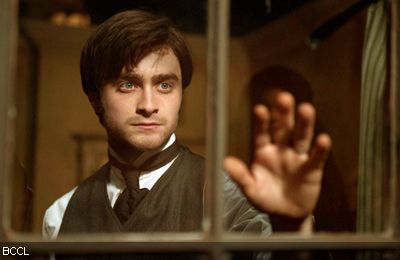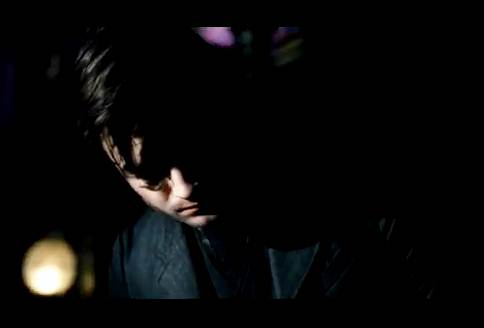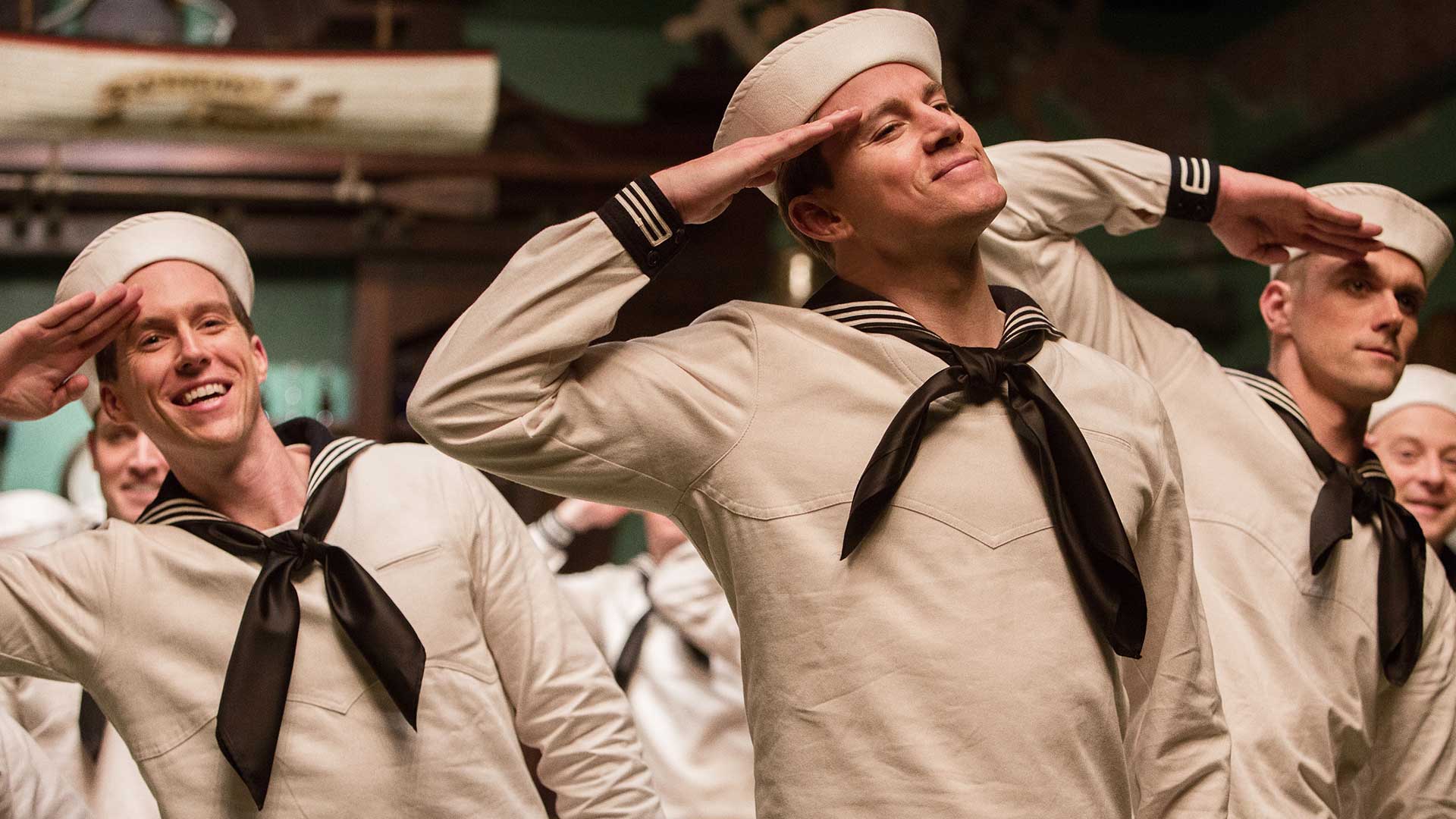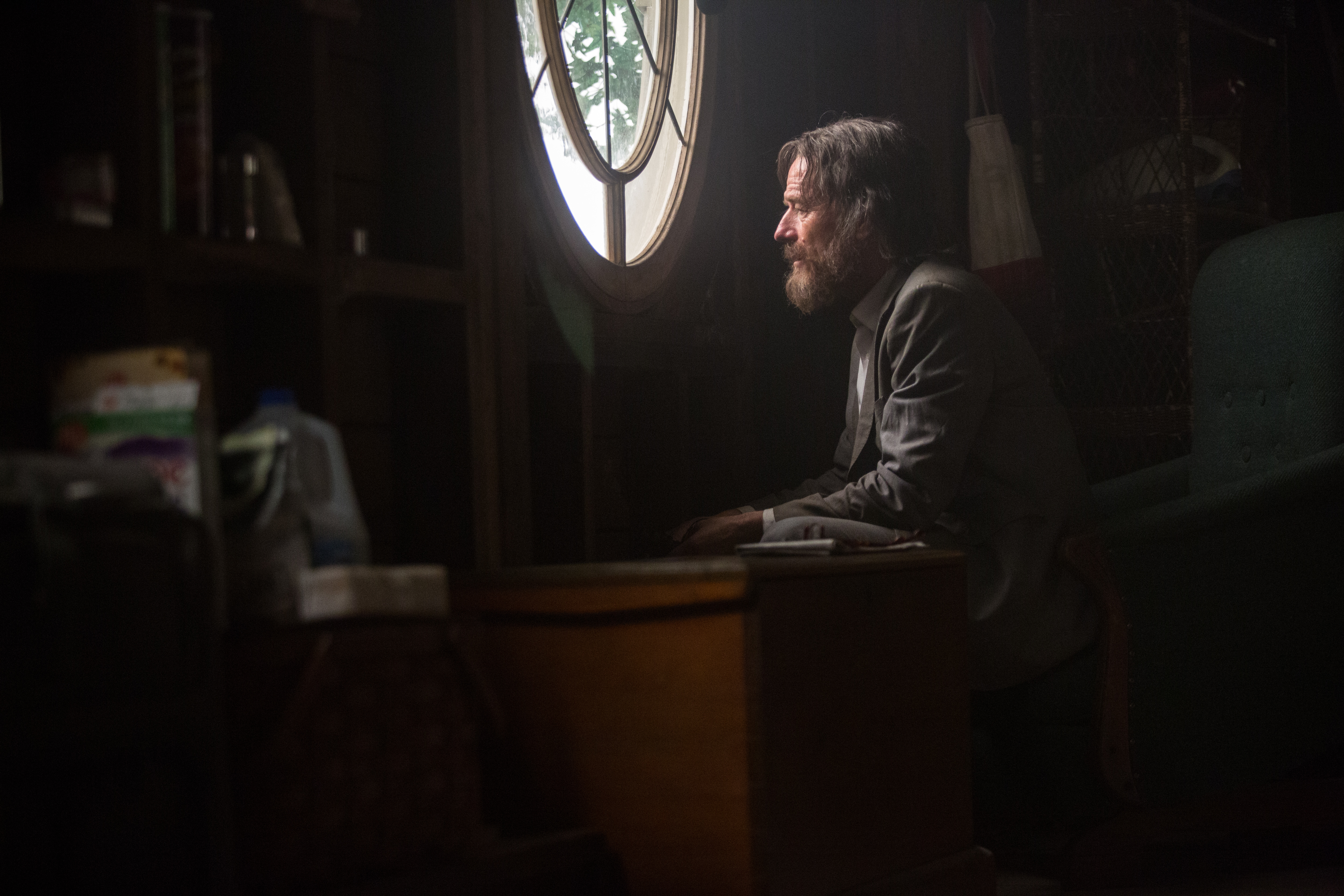
The Woman in Black
Friday, February 3, 2012
Dan Radcliffe, the boy who lived, has officially become a man on film. You may go see his new film The Woman in Black to see your favorite wizard, but very quickly you’ll forget all that and focus on Radcliffe’s impressive work in this surprisingly engaging and character driven gothic ghost story.
From his first scene, we know Arthur Kipps is haunted, tortured by the memories of his wife’s death in childbirth. He longs for rest, acceptance of his lot, and answers to why such random cruelties exist. He is detached from daily life, and clearly searching for some way to numb the pain, but must soldier on for the sake of his son. As a solicitor needing to prove he deserves to keep his position, he is sent to a remote village where he must process a recently deceased woman’s mountain of legal papers at an even more remote manor. He immediately discovers he is decidedly unwelcome there. There is someone or something very bad in that house. Seeing that someone means very bad things happen.
The visuals have an interesting balance of bleakness and Victorian excess. The village is devoid of any joy or color, from the visual palate, from within the characters or from the sparse yet serviceable houses and shops in the village. I imagine the set decoration for the manor, however, to have come from someplace called “Mrs. Gorsham’s Gallery of Ghastly Gewgaws”… and the hideous collection of creepy unused windup toys would be perfect for Goth parents looking to scare their babies.
Granted, the story skeleton is of the usual haunted mansion man vs. ghost variety and there aren’t many unexpected plot surprises in this “done to death” structure, but it does stay largely true to the novel on which its based, a novel that spawned a play still in production in London that has become the second longest running play in the history of the West End.
While not an overly violent or bloody movie, this is not a light trifle. We know we are in for a dark time of it when the movie begins with and continues to be about the death of children. It is, however, mostly atmosphere, suggestion of death, (as opposed to death onscreen) and gothic gloom that populates this altogether respectable representation of the newly reinvigorated Hammer Studios.
Those of you who know and love the history of Pinewood Studios or the Hammer Horror films are already aware of the fact that The Woman in Black is the first Hammer production to be filmed at Pinewood Studios since 1979. For fans, this is a big deal. Why? The best movies made by the Hammer Studios were made at the historic English studio, which is also known for the James Bond series (it has an enormous Bond set, where every film from Dr. No and Goldfinger to Quantum of Solace were filmed. High profile movies filmed there include Harry Potter, Sherlock Holmes, My Week With Marilyn, The Iron Lady and the upcoming Prometheus, Snow White and the Huntsman, Dark Shadows and The Hobbit.
It has the largest water tank in the world, which supplied the waterlogged sets for Titanic and the recent Hereafter. It also houses many BBC TV productions, including the great Downton Abbey.
It is the most famous studio location in England, and Hammer Horror films like the classics Curse of the Werewolf, The Gorgon and Horror of Dracula were filmed there. For Hammer fans, filming The Woman in Black there was bringing partners back together and making all right in the world of horror.
Also notable and much discussed is the fact that Woman in Black is the first film Dan Radcliffe has chosen to move his acting career forward post-Harry Potter. Stripped entirely of the geeky wizard hero and suited up as proper Victorian gentleman, he is quite adult, and darkly dashing in a way Harry could never be.
When talking about his choice in making the movie, Radcliffe said, “Rather than just being an out-and-out horror story, it’s character-driven. In theory, it should also be moving, as well as terrifying. We saw an opportunity to make a horror film that was terrifying, but also kind of poignant, and tragic, and sad. Which is not always a combination that you have.”
Radcliffe drives the movie. The haunted widower in emotional ruins, trying to keep his life, job and relationship with his young son intact is in almost every scene. Gone are Radcliffe’s distracting string of nervous high-strung ticks. With no evidence of what actors call “signature moves”, he creates a centered stillness that makes every move count, and every move a choice coming from a sad, desperate, and tortured man.
Early in the film, supporting character Sam Daily (played by Ciaran Hinds, always a pleasure to watch) who is Arthur Kipps’s only ally in the town, says, “Don’t go chasing after shadows.” Sage advise Kipps can’t take. The movie depends upon our standing with his character, and accepting his incessant and dogged pursuit of answers for the supernatural experiences and questions that plague him. He has to keep us believing and attentive. Radcliffe pulls it off. His character has been set up as a tortured searcher from the outset, so we follow his ill advised wanderings and root for a positive outcome.
Current best supporting actress contender Janet McTeer, who plays Sam Daily’s broken wife, offers a mix of amusing and tragic traits and engages our compassionate desire for things in the village to turn around to the positive as well.
The film is well worth seeing for those who appreciate a good and thorough creeping out, and shows Radcliffe has more than just a wand up his sleeve.
It kept a gaggle of girls (who were probably there to see Radcliffe) shrieking and giggling nervously through the entire 95 minutes, tricking them, soothing them and shocking them in all the right places.
As a fan of most of the Harry Potter franchise, Hammer Films, and sophisticated scary movies, I’m glad to have found The Woman in Black entertaining.
It isn’t easy to play against the likes of Ciaran Hinds and Janet McTeer. Dan Radcliffe has had a lot of practice working with the greats of British cinema with his tenure as the Harry Potter lead. While he didn’t get a Tony nomination for playing J. Pierrepont Finch in How To Succeed in Business on Broadway, he was well reviewed for that as well.
Now we know he has more than just a wand and a bow tie up his sleeve.
* * *
Futher Your Film Education
• You’ll find a video tour of Pinewood Studios and an interview with George Perry, author of A History of Pinewood Studios on the front page of www.cinemasiren.com.
• A great video with Peter Jackson about The Hobbit filmed at Pinewood Studios: http://www.youtube.com/watch?v=Nkm-dnPcS9c.
• A video showing Hugo being filmed at Shepperton and Pinewood Studios: http://www.youtube.com/watch?v=YCUUrkNjycQ&feature=relmfu.
• For more information on The Pinewood Group and Hammer Films, go to:
http://www.pinewoodgroup.com/
http://www.hammerfilms.com/








